Indian Mascot Challenged by School District
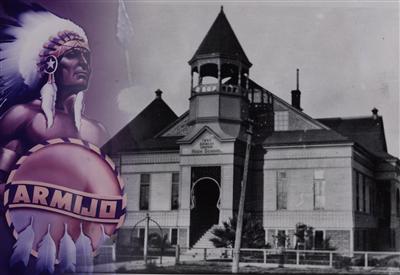
Armijo High School’s Indian mascot has been challenged recently as being culturally insensitive.
Armijo was founded in 1891, and in the last couple of decades there have several pushes to change the mascot. It isn’t uncommon to hear about schools changing their mascots to avoid controversy. Very often it’s the district changing the “Indian” mascot because it can be seen as cultural appropriation, rather than appreciation, as the defense claims.
Recently, the school board has been seriously committed to bringing the controversy to rest. On December 6 at 6 pm, the Fairfield-Suisun Unified School District had a board meeting concerning the mascot change. Staff, students, members of the community, and Native American representatives were encouraged consider fair points of view. The argument is that the mascot is one of two things: culturally insensitive or a tribute.
Among other arguments, people opposed to the change, such as George Guynn Jr., said that the district didn’t need to focus on anything unrelated to education. That and changing the school’s mascot would cost taxpayer money on “ancillary matters” (Glen Faison, 2015). Others cited the pride invested in the Armijo mascot and the impression that several local areas are named with Indian names and Indian words.
Grange Middle School teacher Ashley Braxton, said that she was never exposed to the thought that the mascot was insensitive, although, she was open to the change once she was aware of the full perspective. From a Daily Republic article, she was quoted as saying, “‘I always saw a mascot as someone you honor… I didn’t even realize when it would be a negative thing” (Ryan McCarthy, 2018). Unfortunately, the 2015 debate never inflicted any formal course of action.
Some time has passed since the 2015 debate, and more and more people are on board with changing Armijo’s mascot. The most December 6 board meeting included more representatives from different ethnic groups. The Indian mascot was described as “inappropriate and offensive” by Tria Andrews, a doctoral student in Native American studies at UC Berkeley. Antonio Gonzales, the director of the American-Indian Movement-West, said focused on cultures in a more general way. “No people should be a mascot,” he said (Ryan McCarthy, 2018).
No decision on a mascon change has been made final just yet. It is not a new phenomenon for schools to change their racially-identified. It has been happening ever since the large movements toward racial equality in the 1950’s and has occurred in college names and professional sports teams. In many instances, the mascot eventually changes to something less offensive.
Armijo High School’s situation is nothing new, but it is an important reminder of the shifts in our country’s beliefs. The United States may not have started out as the most inclusive country, but as the years have passed, positive changes have created positive results and provided evidence of cultural growth.
Sources:
Faison, G. (2018, December 07). Fairfield-Suisun board hears process for Armijo mascot review. Retrieved December 14, 2018, from www.dailyrepublic.com.
Remove the Mascot – Armijo High School – 6 December 2018. (2018, August). Retrieved from www.evensi.us.
McCarthy, R. (2015, October 23). Indian mascot at Armijo High School must end, speakers say. Retrieved December 14, 2018, from www.dailyrepublic.com.

Leila Harper is a reader. A resident Californian, she has always been more adept in speaking out in the written form. Now a Senior, she enjoys reading,...

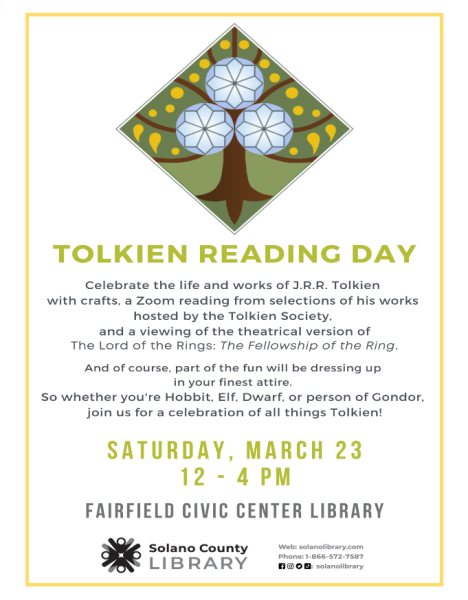
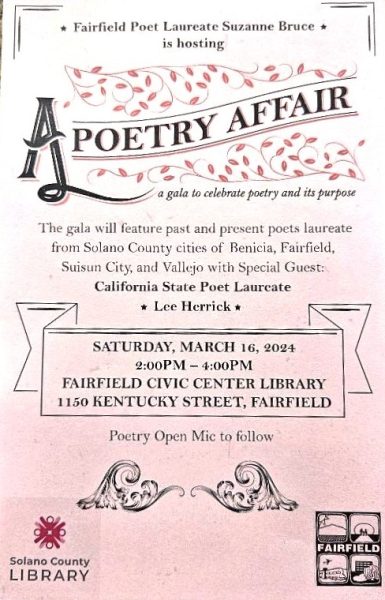

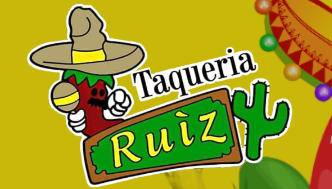


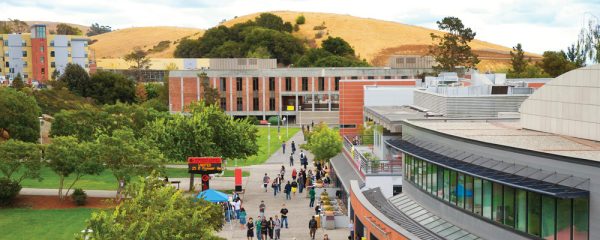
Tara Norman • Feb 7, 2019 at 7:15 am
“mas·cot
/ˈmasˌkät,ˈmasˌkət/Submit
noun
a person or thing that is supposed to bring good luck or that is used to symbolize a particular event or organization.”. (Google.com)
“A mascot is not intended to be offensive. I am proud to send my child to a school with the history and honor that Armijo has, including the mascot”. Tara Norman , February 2019